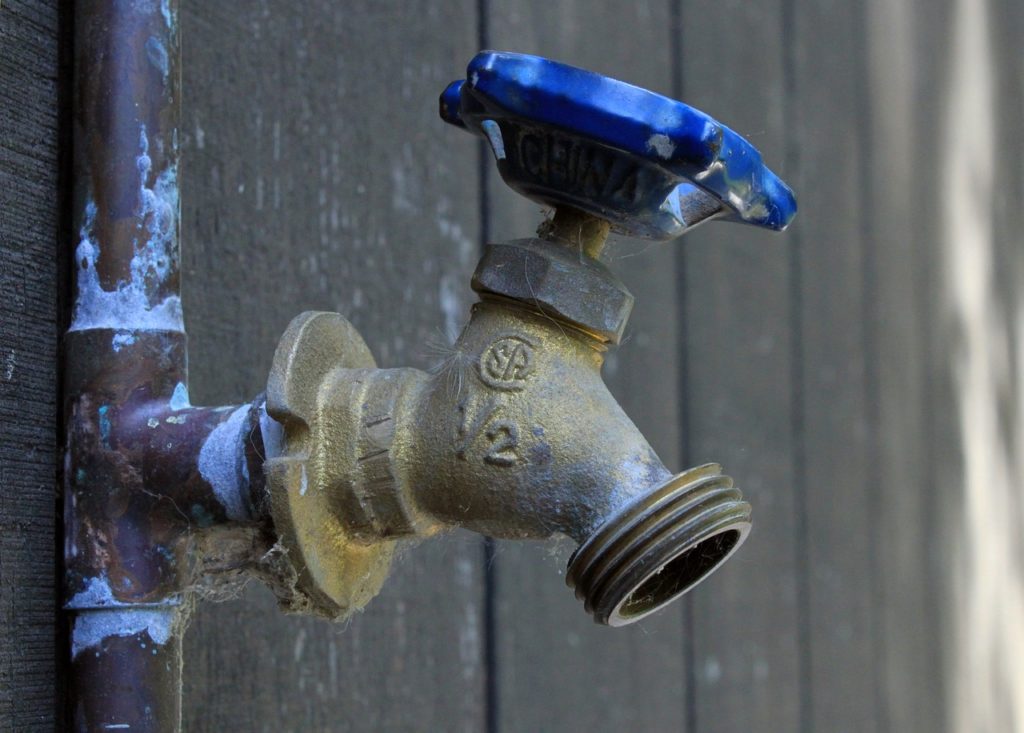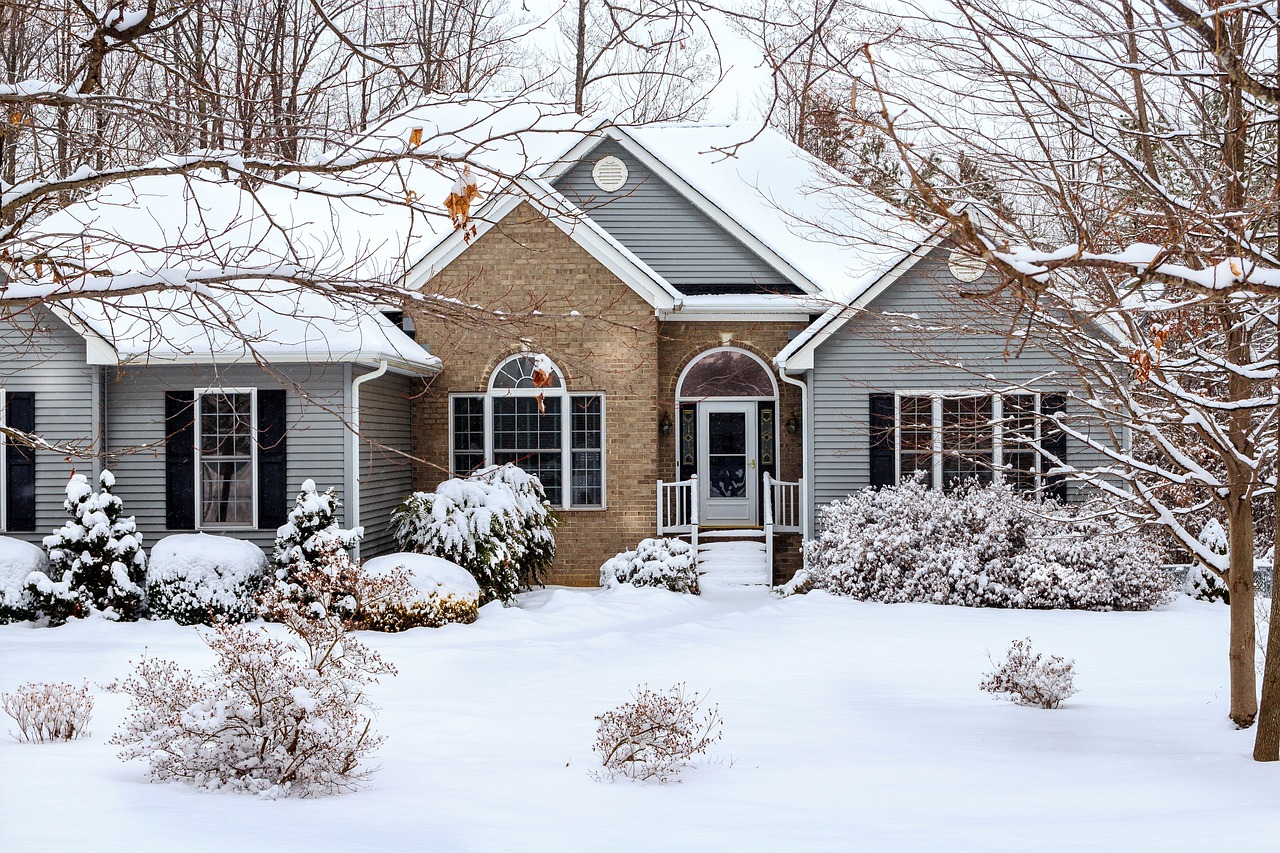Water damage and frozen pipes result in an estimated 15 to 20 billion dollars in insurance claims each year. They’re also a hassle that most people would rather avoid dealing with if possible. Fortunately, there are a few ways to prepare your pipes and make it less likely they will freeze over. Here are a few steps you should take right now.
#1. Wrap and Insulate Pipes
Pipes in unheated areas such as a crawlspace or attic are more likely to freeze. Accordingly, you should take extra care to wrap and/or insulate these pipes. For added protection, you may also want to consider adding heat tape.
#2. Seal Gaps
Inspect all your plumbing for openings where cold air might come in. Pay special attention to pipes extending from basement walls and those underneath your sinks. Use spray foam insulation to seal up any gaps around your pipes. Not only will this protect your plumbing, but it will also keep mice and other small animals from seeking refuge inside your warm home.
#3. Drain Outdoor Sprinklers and Irrigation Systems
Just because sprinklers are outdoors does not mean you do not need to be worried about them. Frozen fixtures could sustain extensive damage and may not work properly next spring. You could also experience standing water or ice in your yard, some of which could leak into a basement or damage your foundation.
#4. Wrap Outside Spigots in Waterproof Styrofoam
First, remove any hoses and store them inside for the winter. Then wrap the spigot tightly with waterproof insulating material such as Styrofoam. You can buy spigot covers from a home improvement store or make your own out of old packing material. Either way, be sure to secure the material tightly so it doesn’t blow away during a heavy windstorm.

#5. Prop Cabinet Doors Open
It’s not enough to just heat the inside of your home, as you also have to make sure warmth is getting to your plumbing. One way to do this is to prop the cabinets underneath your kitchen and bathroom sinks open just a bit. This will ensure warm air can get to them and keep pipes from freezing.
#6. Consider Using a Space Heater
Your biggest concern will be pipes in unheated spaces like a garage or basement. These areas could benefit from a supplemental heat source such as a space heater, particularly if temperatures reach below zero. When using a space heater, be sure you are doing so safely. Select an appliance that’s rated for the area you’re heating, and never leave it running while unattended.
#7. Leave Your Faucets Dripping
Contrary to popular opinion, a dripping faucet does not prevent pipes from freezing. But since flowing water takes longer to freeze, it does reduce the odds of frozen pipes. And a dripping faucet will keep pressure from building up inside your lines. As a result, your pipes are less likely to burst if they do freeze. For best results, choose the faucet furthest away from your supply line so that air and water flow throughout your system.
Is it Time for an Upgrade?
Despite their best efforts, some people will, unfortunately, experience frozen pipes anyway. That’s more likely to happen if your plumbing is already worn or outdated. In that case, remodeling your kitchen or bathroom might make more sense instead.
Revamping your space can make it more functional and attractive while ensuring your pipes are in great shape for winter. Want to learn more? Contact us today here at T&K Contractors to schedule a consultation.

